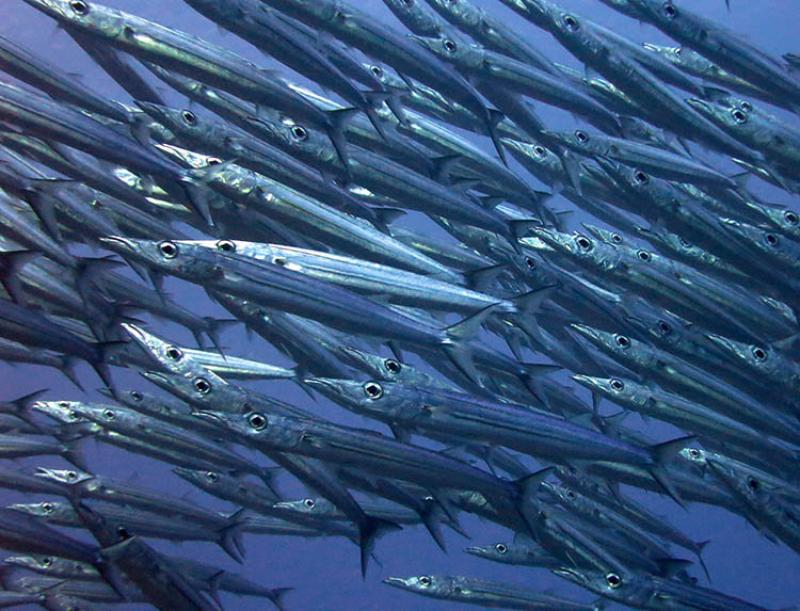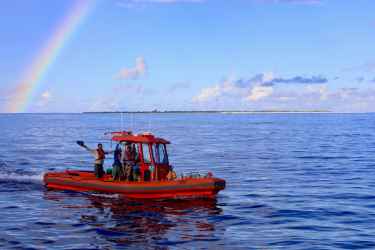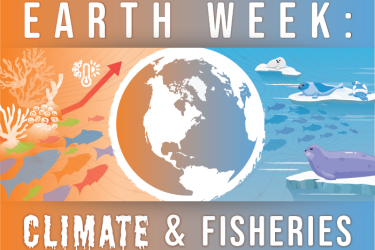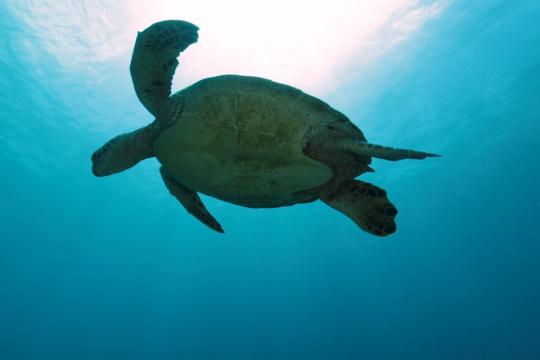In 2001, NOAA Fisheries published the first Stock Assessment Improvement Plan, in which we sought to bolster the capacity, content, extent, and infrastructure for conducting stock assessments. As a result, we have improved the scientific advice being provided to fishery managers allowing the recovery of many overfished stocks and dramatically reducing incidences of overfishing. However, given changes in legal mandates and decades of research and development of new scientific tools, there is a need for updating this important strategic document. In 2018, a new strategic document was published, titled Implementing a Next Generation Stock Assessment Enterprise: An Update to NOAA Fisheries’ Stock Assessment Improvement Plan.

This document describes the many challenges currently facing NOAA’s stock assessment enterprise, and some of the innovative research and operations that will meet these challenges. The next generation framework acts as a road map for addressing these needs and consists of three main themes. Collectively, these three foci constitute the Next Generation Stock Assessment (NGSA) Improvement Plan.
First, it advocates for expanding the scope of the stock assessment paradigm to be more holistic and ecosystem-linked. This means that more ecosystem and socioeconomic factors that affect the dynamics of fish stocks and fisheries are directly taken into account, and more goals of fishery management are taken into account in the evaluation of sustainable harvest policies.
A second focus is on the continued use of innovative science for data collection and analysis to reliably and efficiently provide data for maximizing use of advanced modeling methods. Examples of clear benefits from this emphasis include improved calibration of data collection methods, streamlined analytical processes, and establishment of robust harvest policies to manage fisheries between assessments.
Finally, the plan provides a method for objectively determining stock-specific goals that create a stock assessment process that is more timely, efficient, and effective at optimizing available resources and delivering results to fishery managers and the public.

The NGSA strategic vision is designed to complement other strategic efforts, particularly NOAA Fisheries’ Ecosystem Based Fisheries Management Road Map and Climate Science Strategy, in order to accomplish its mission of sustainable fisheries through resource conservation and management. The recommendations in this plan will be implemented through collaboration with regional partners and stakeholders to ensure that they improve stock assessment capabilities in accordance with existing regional processes.






